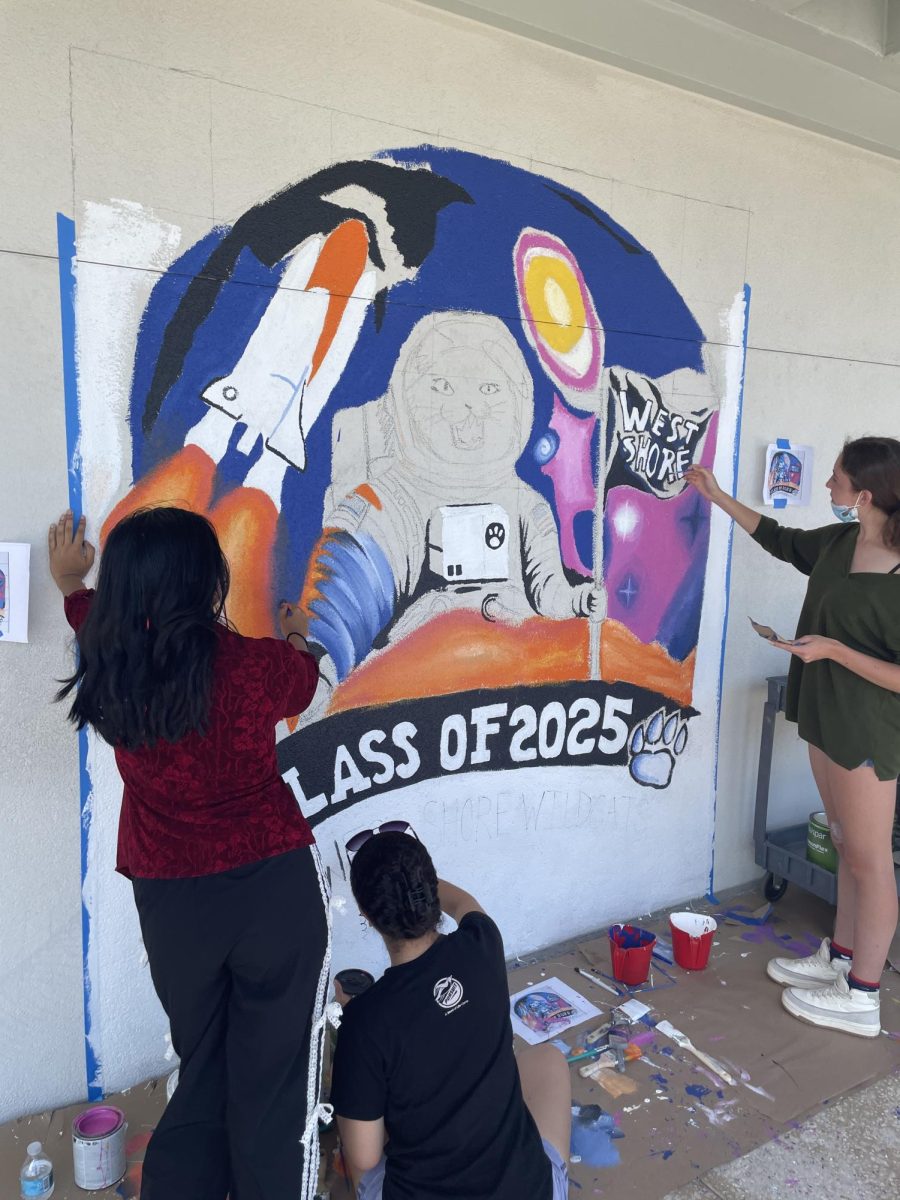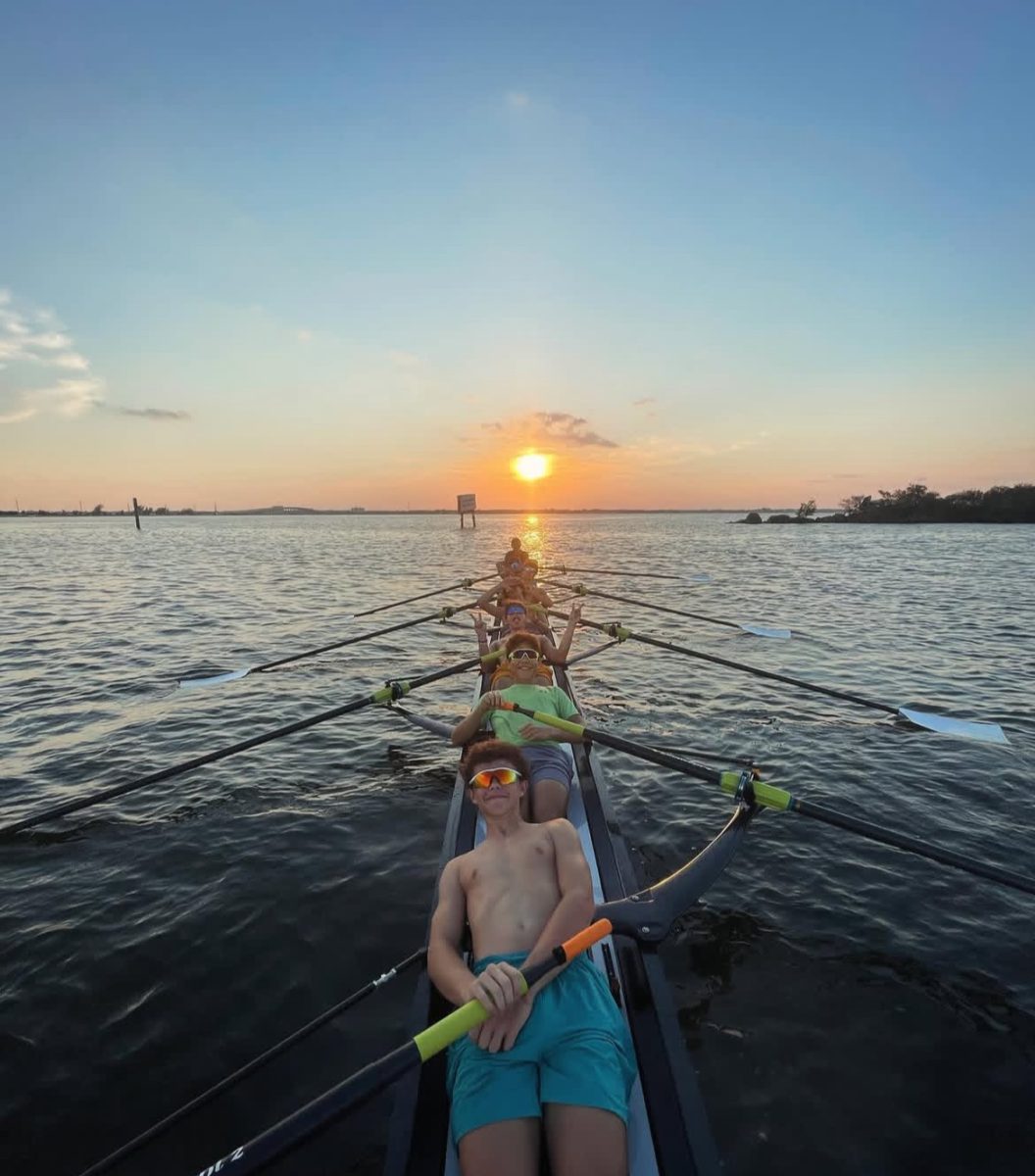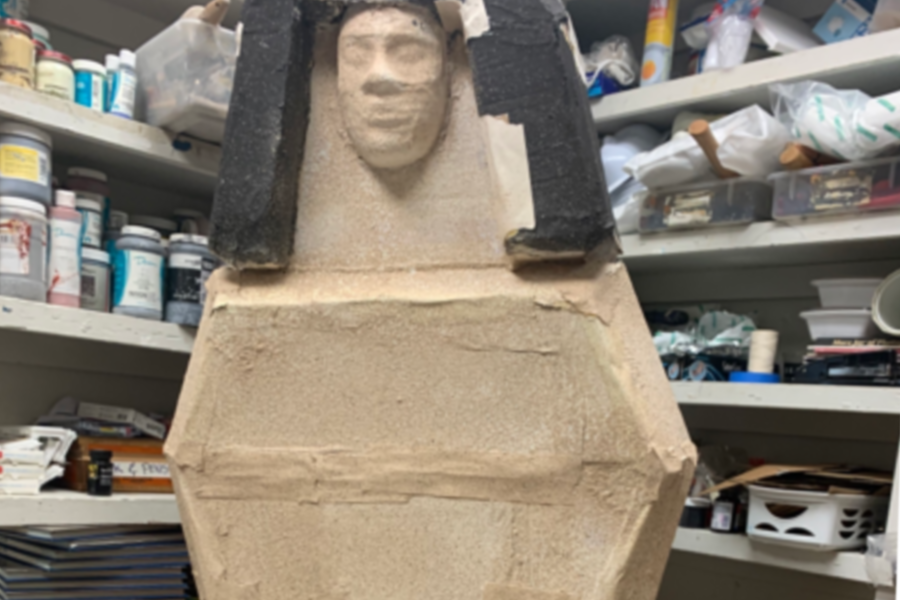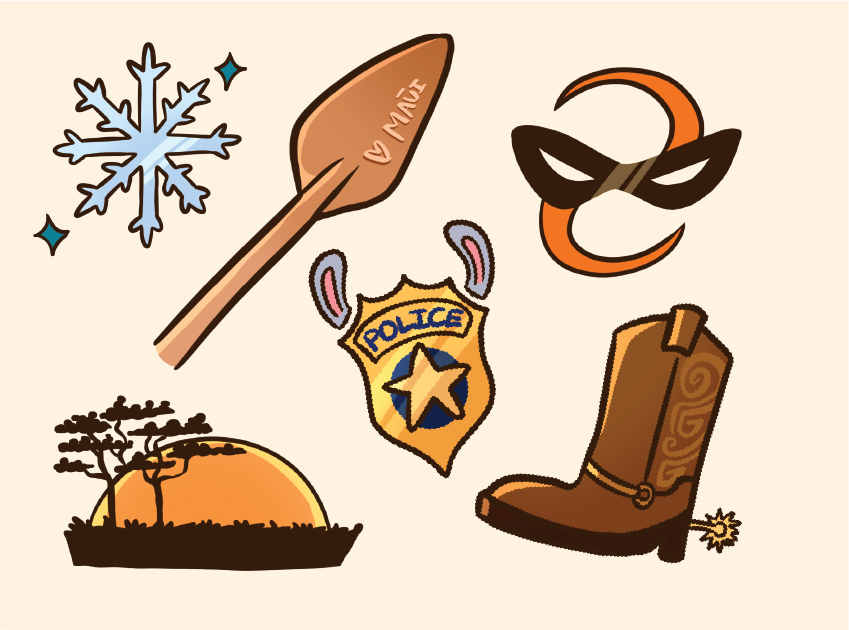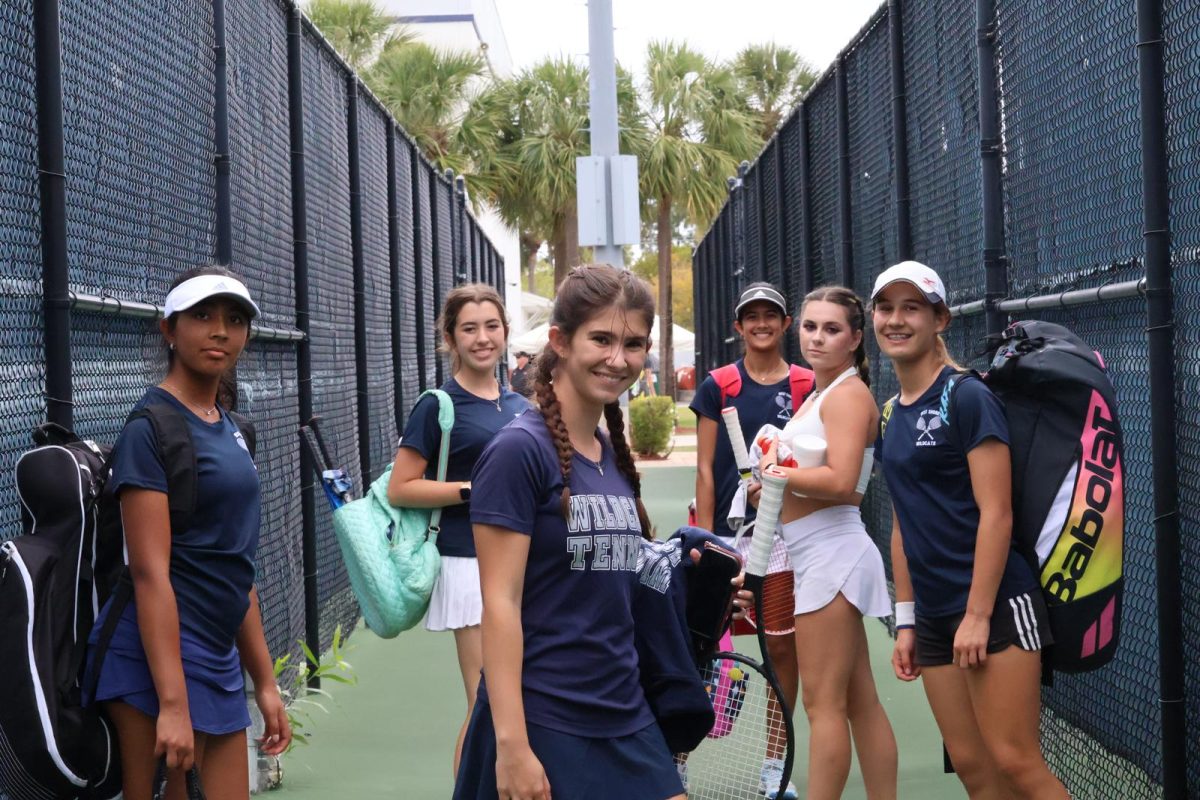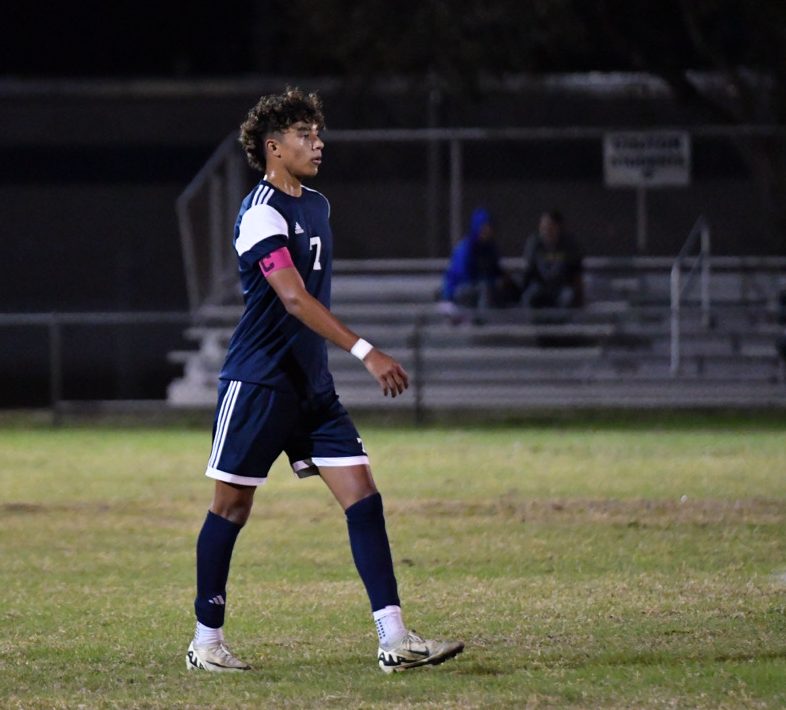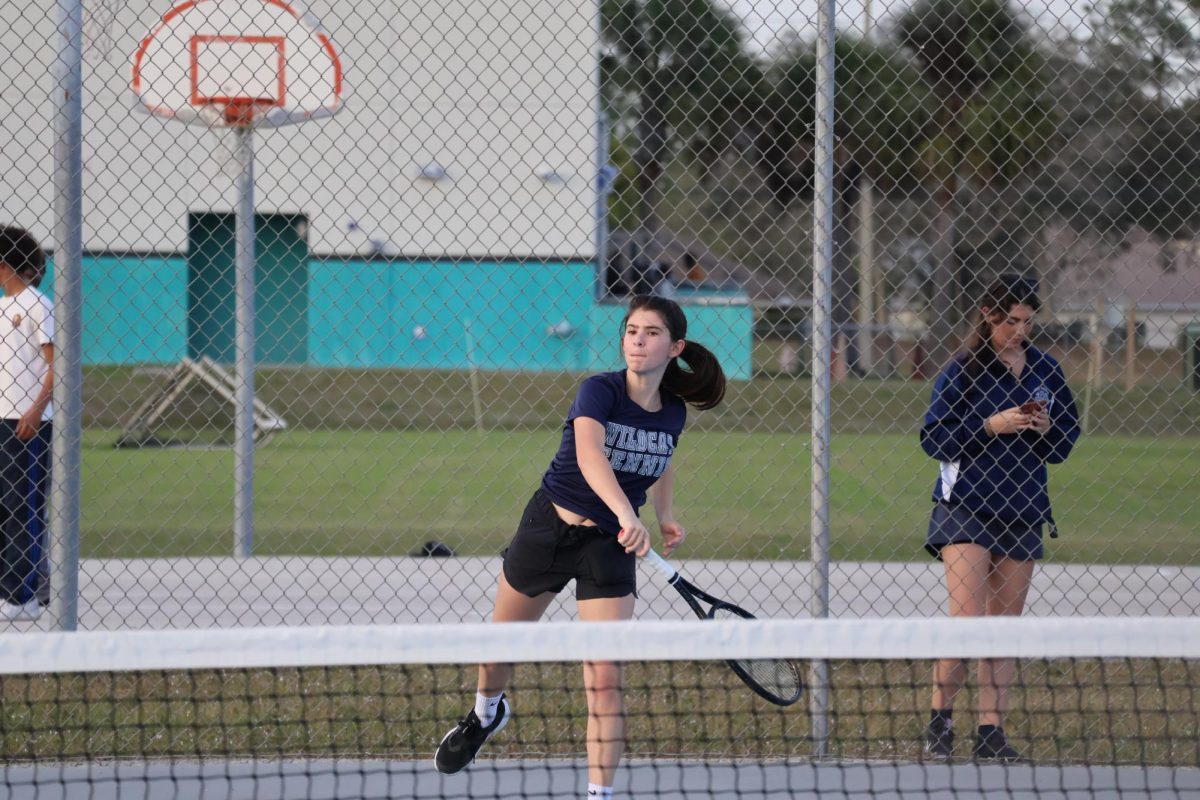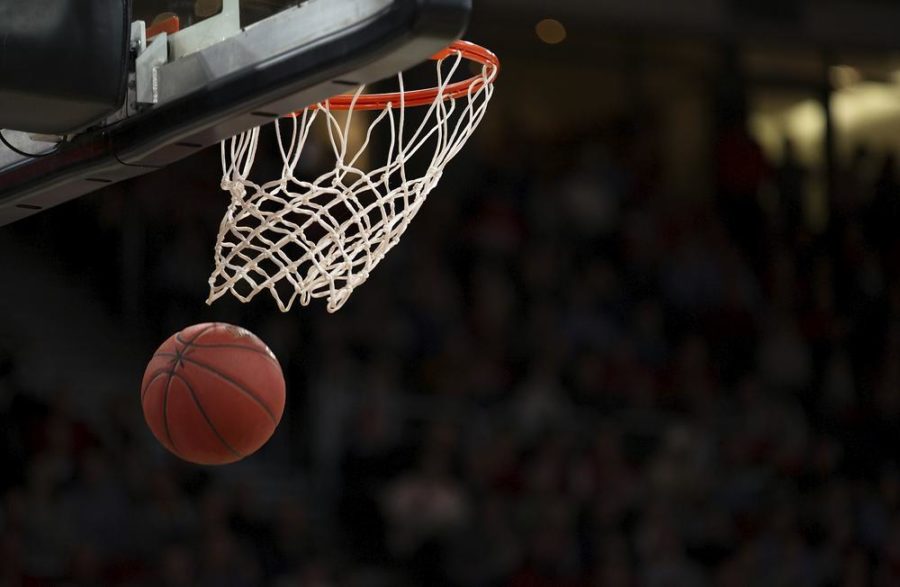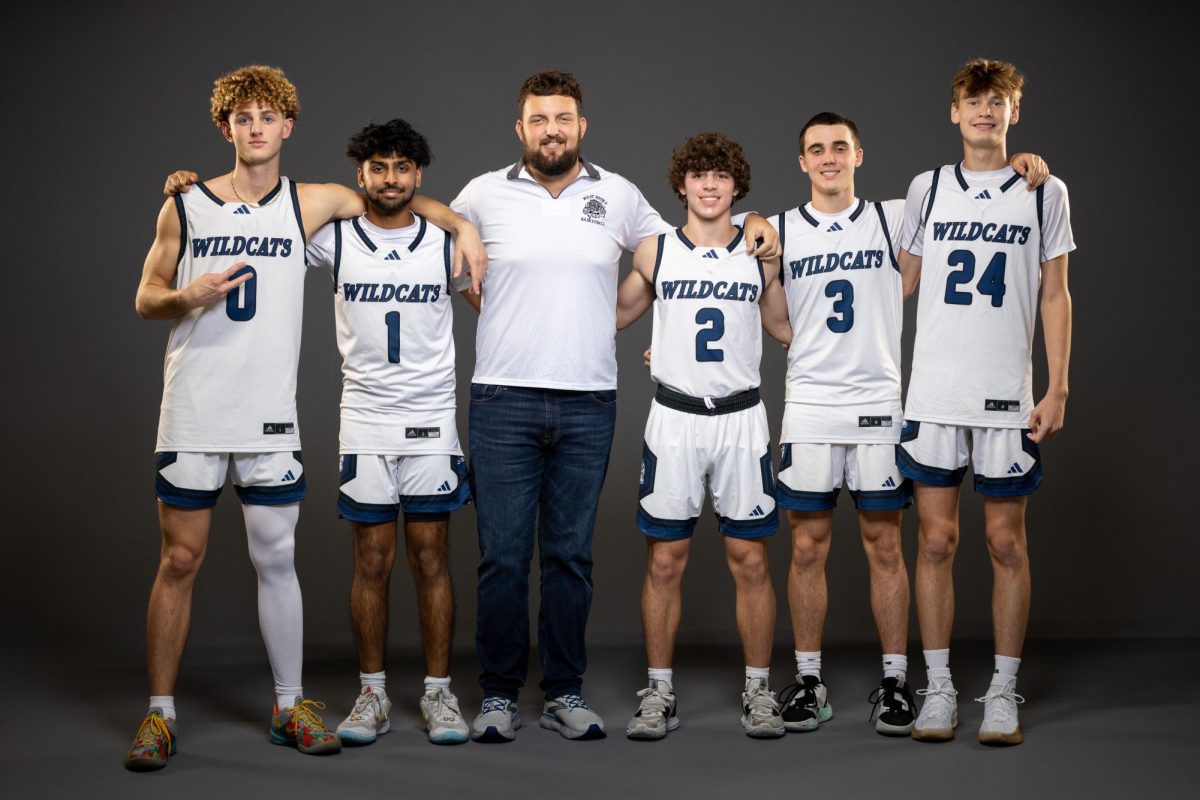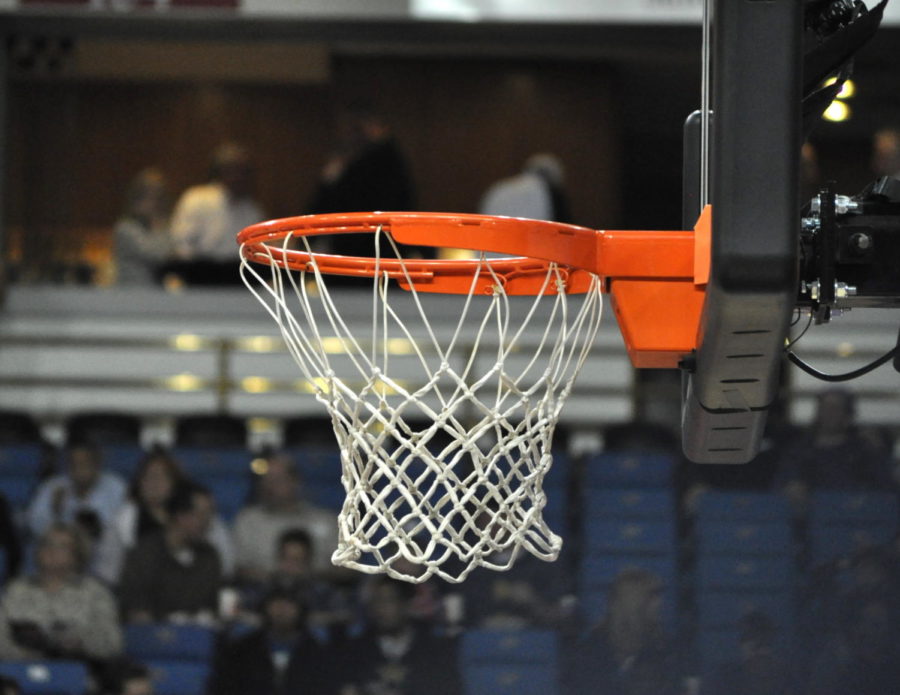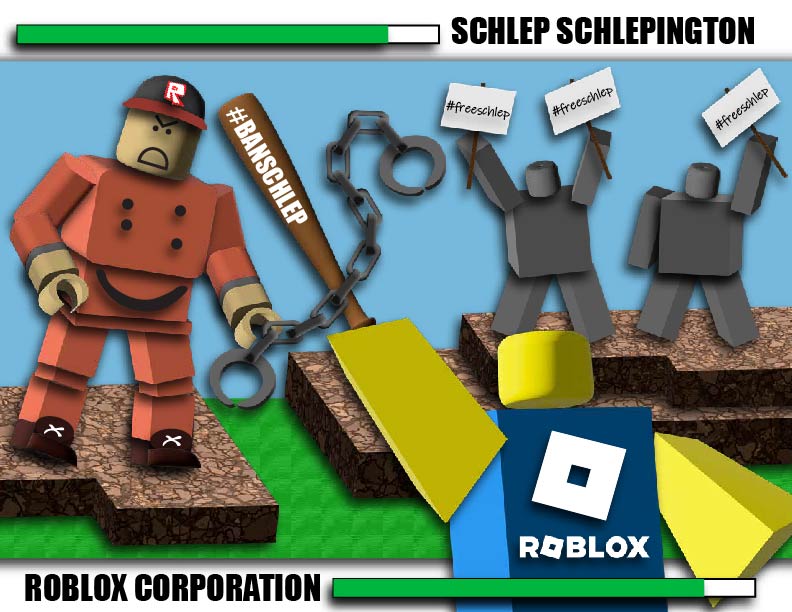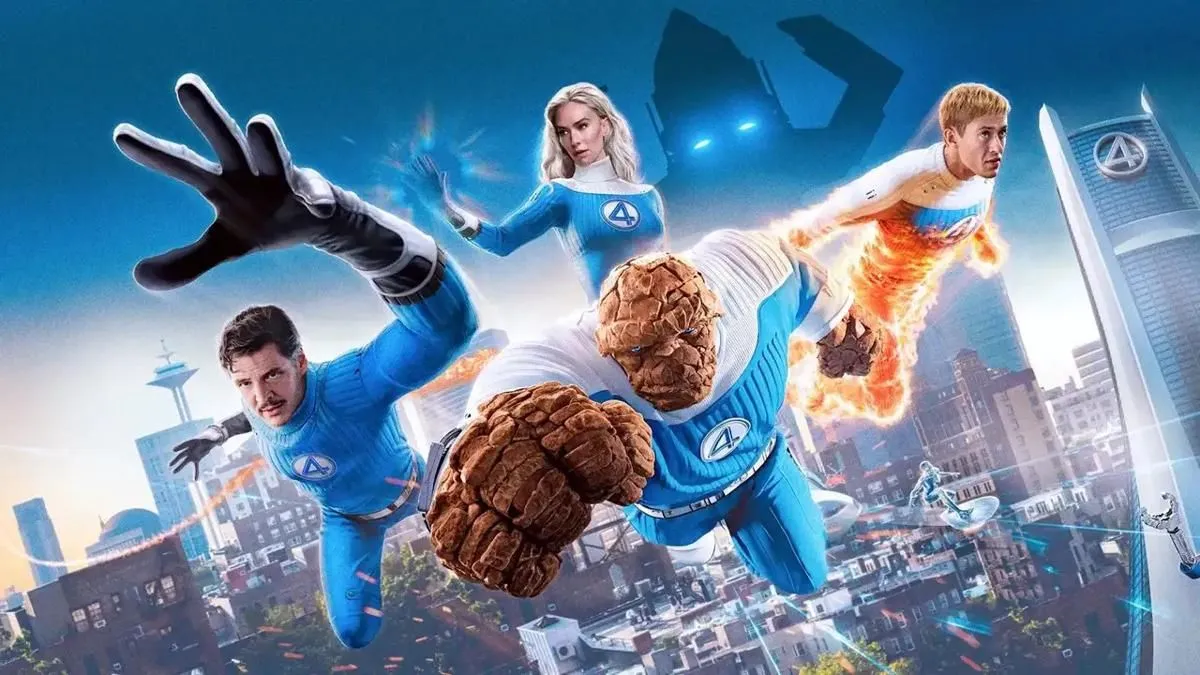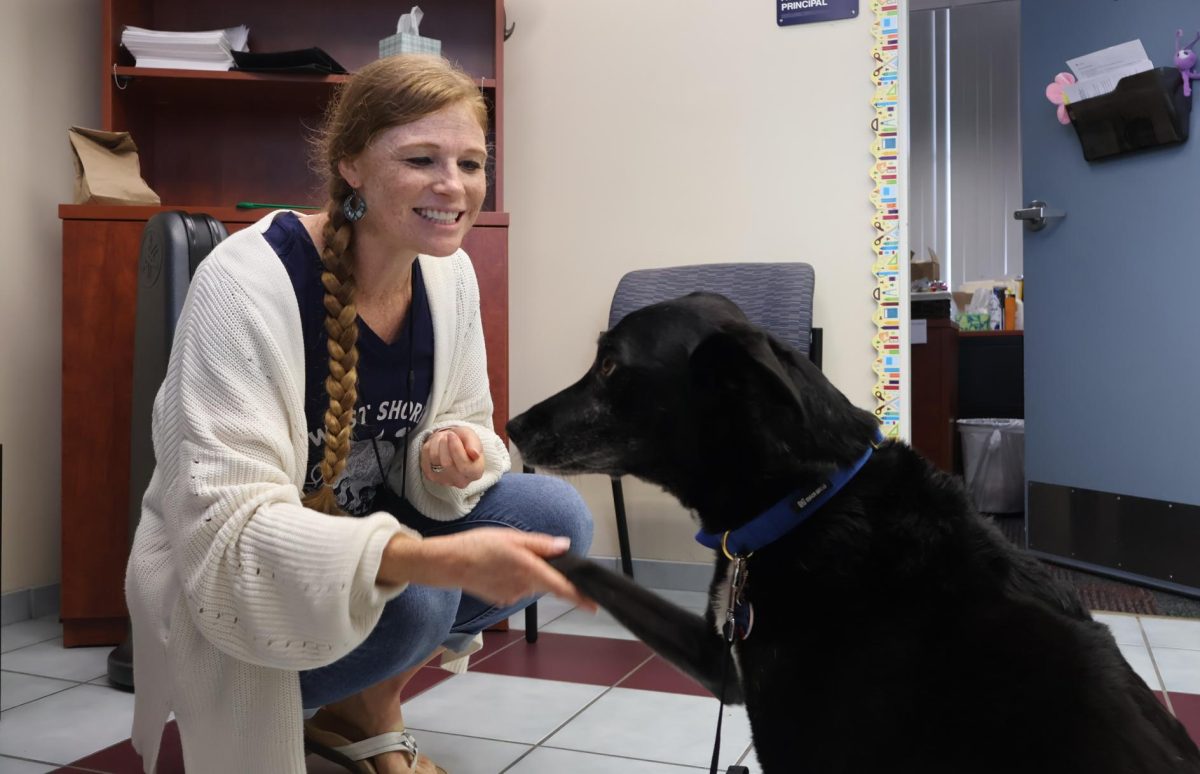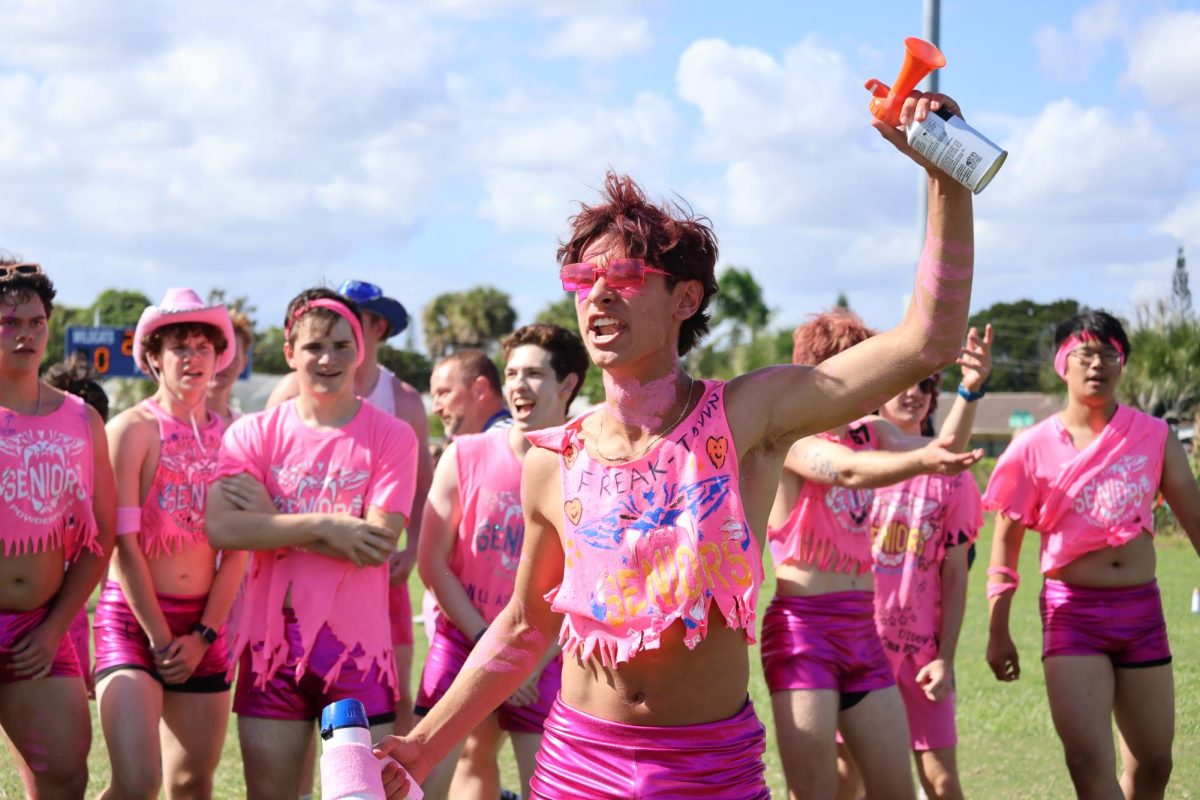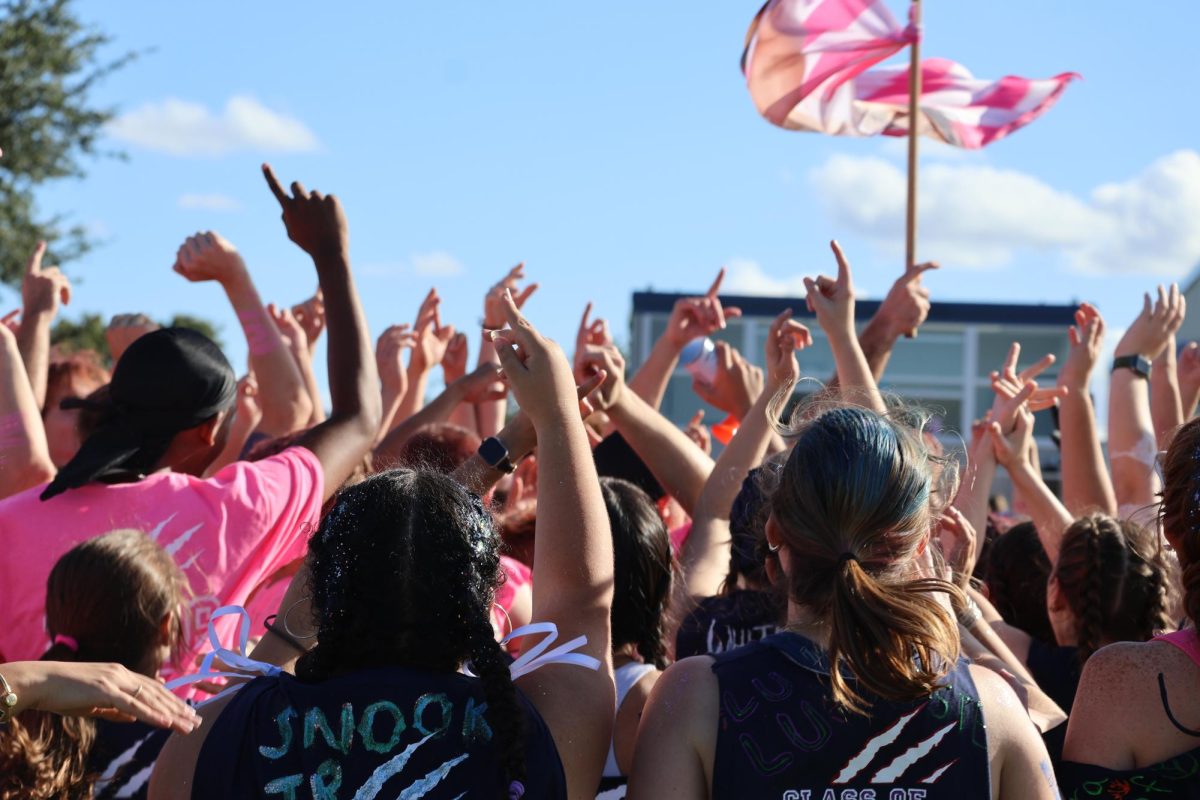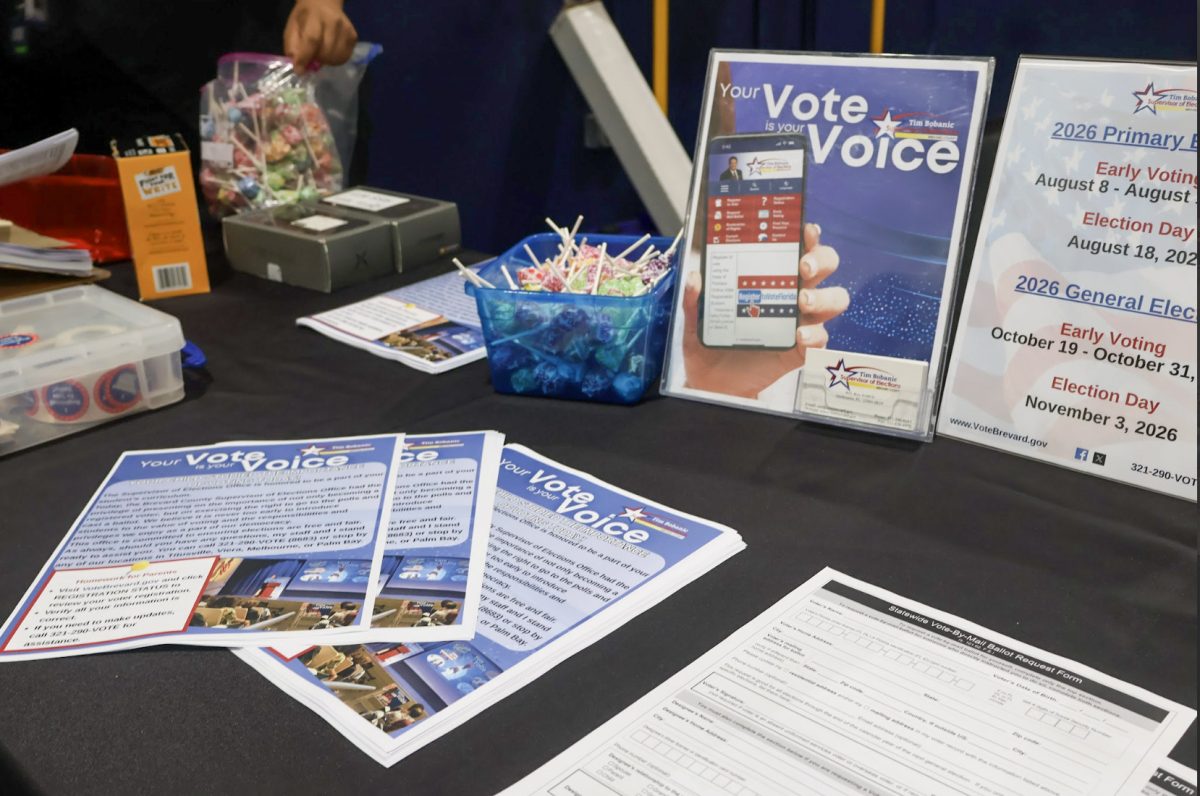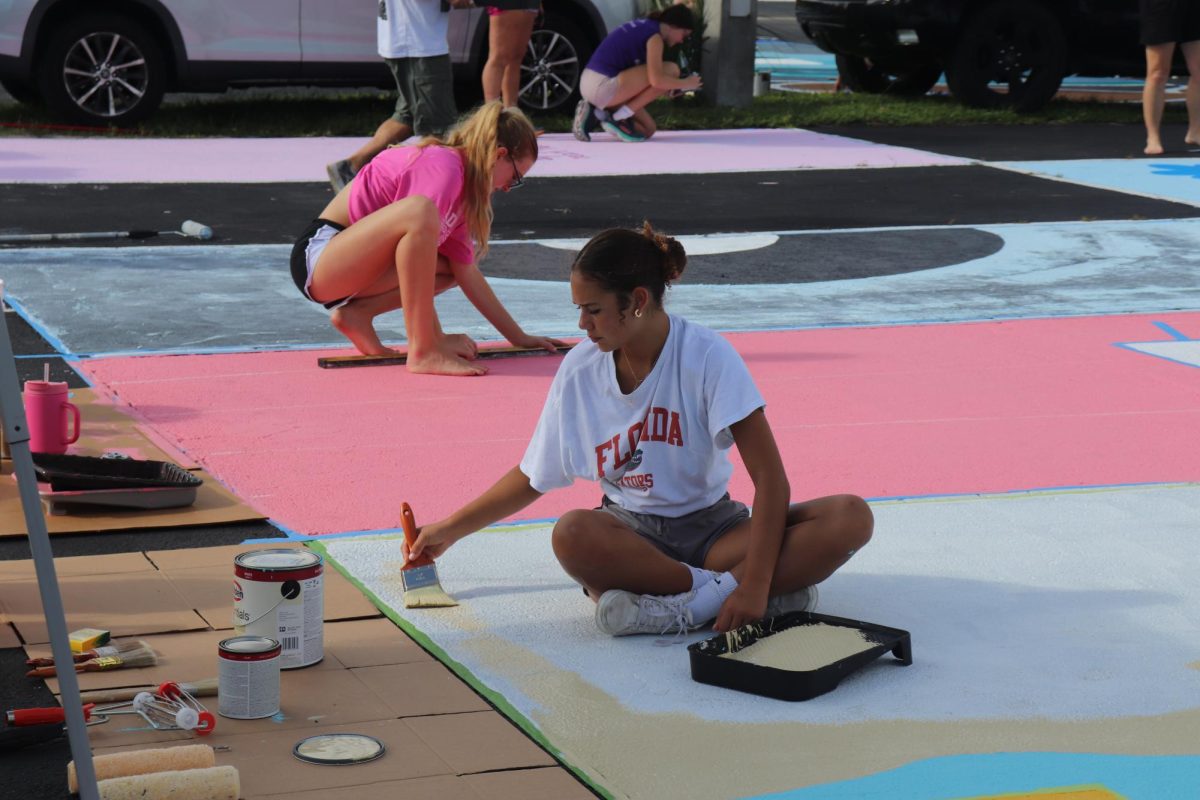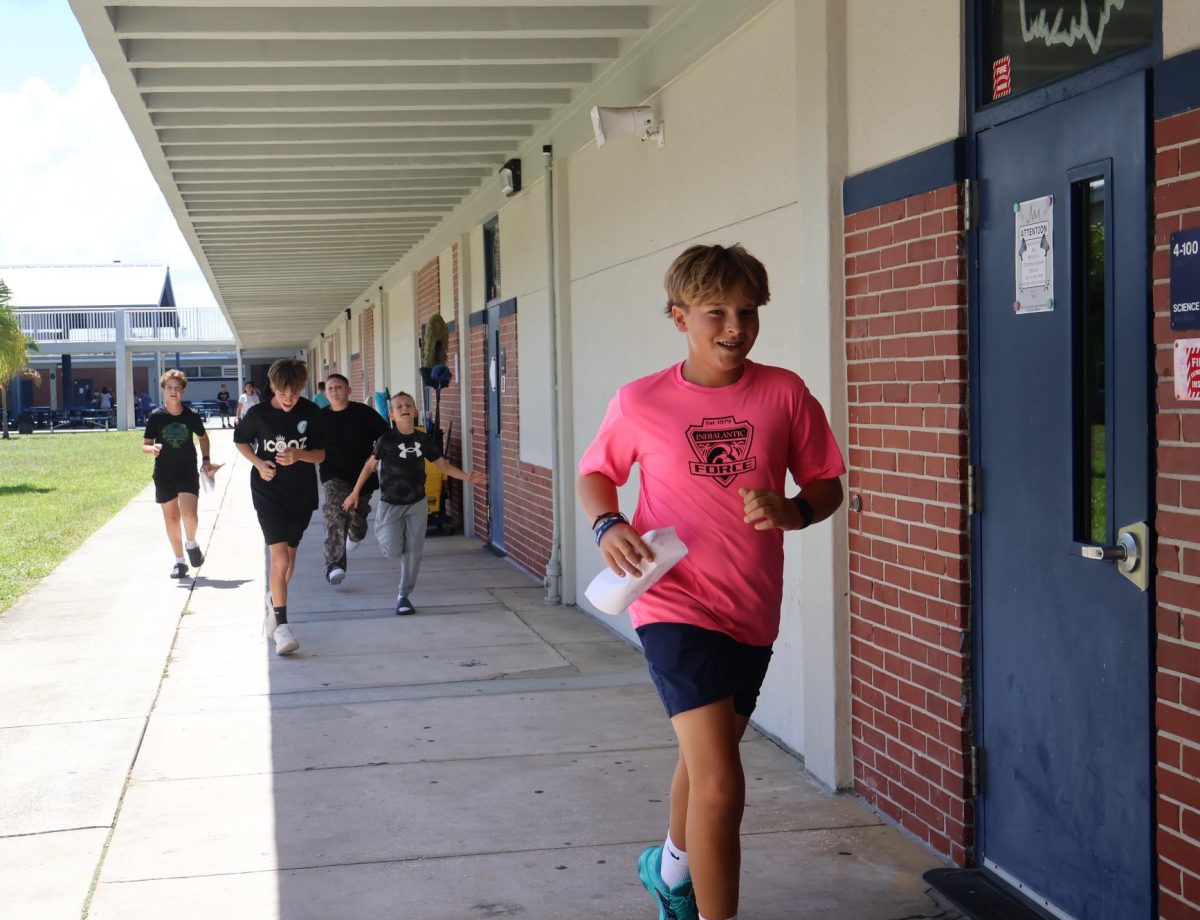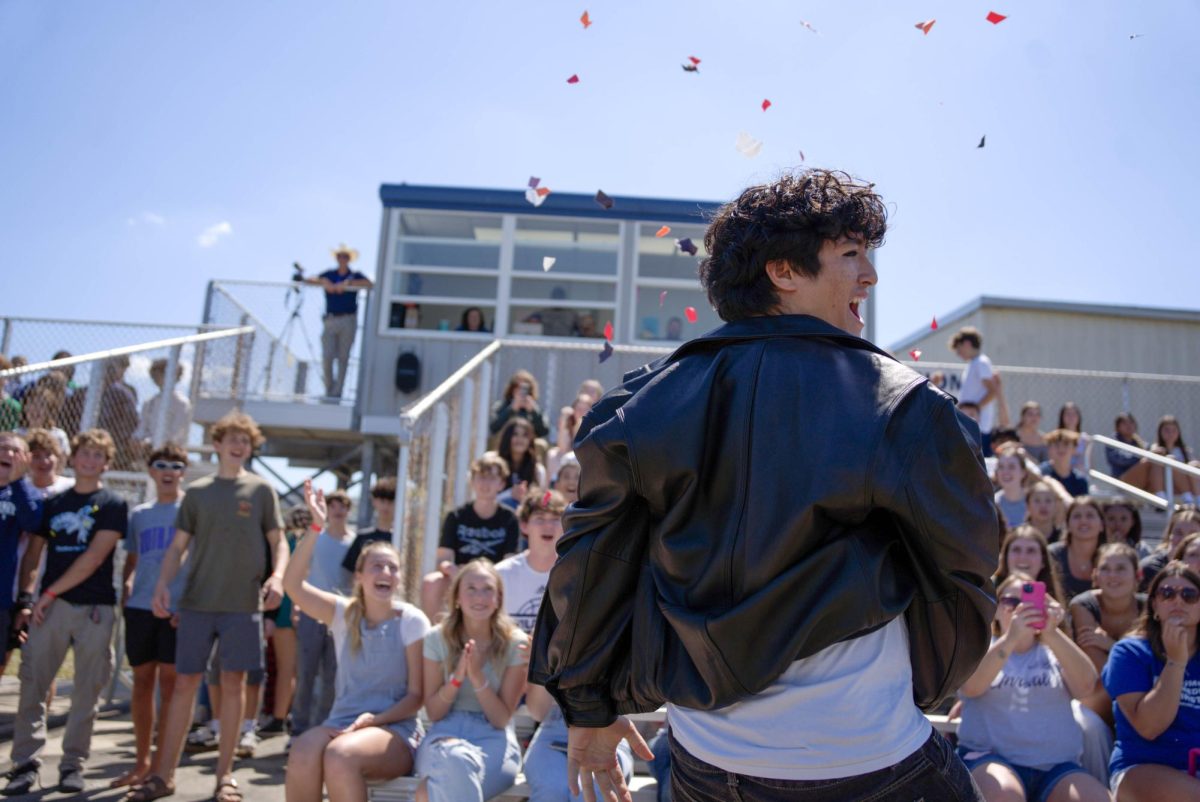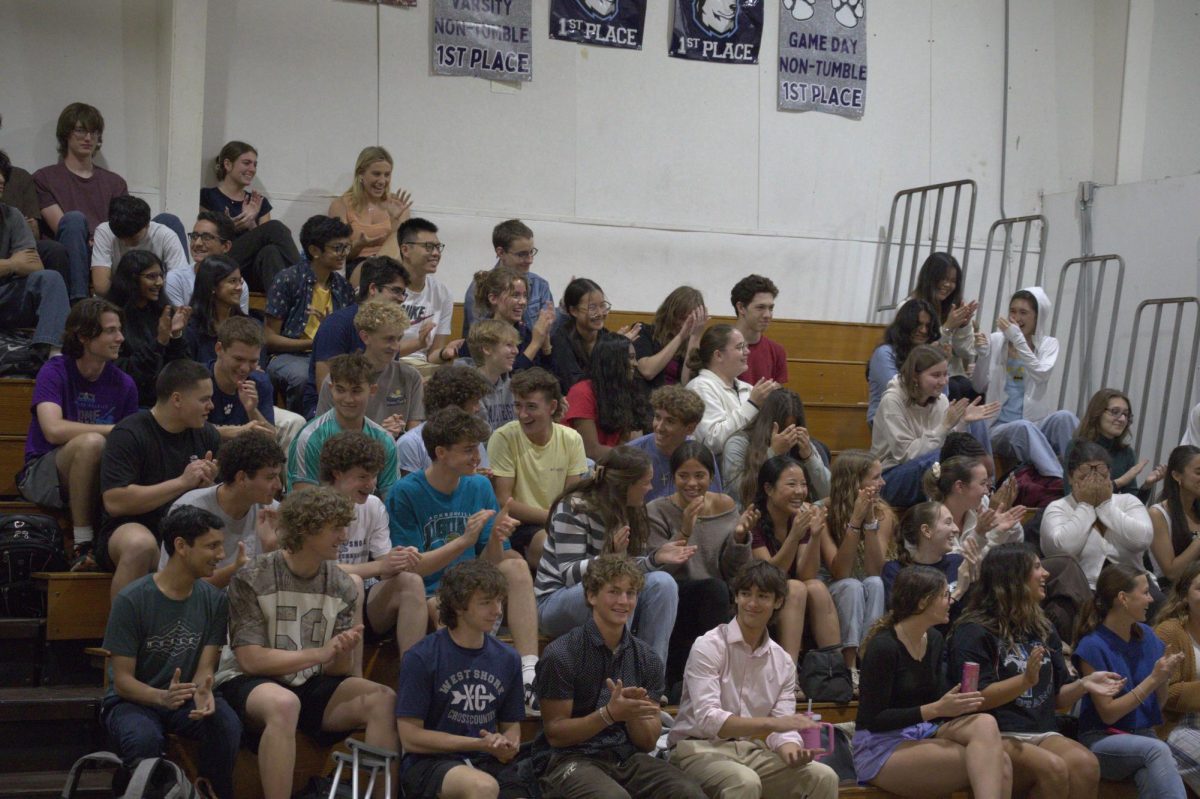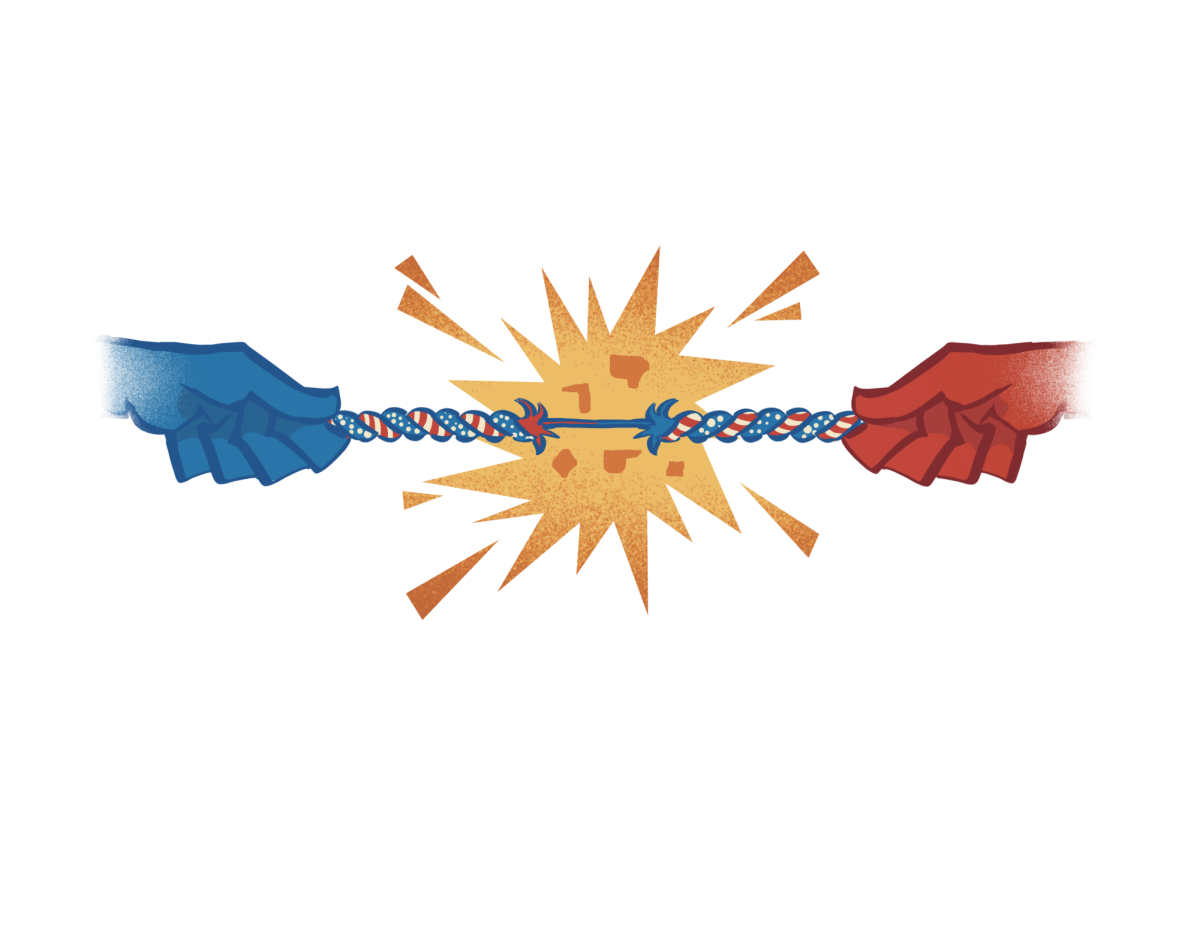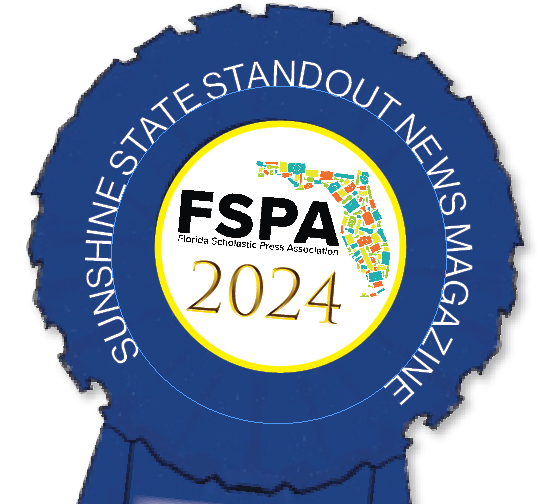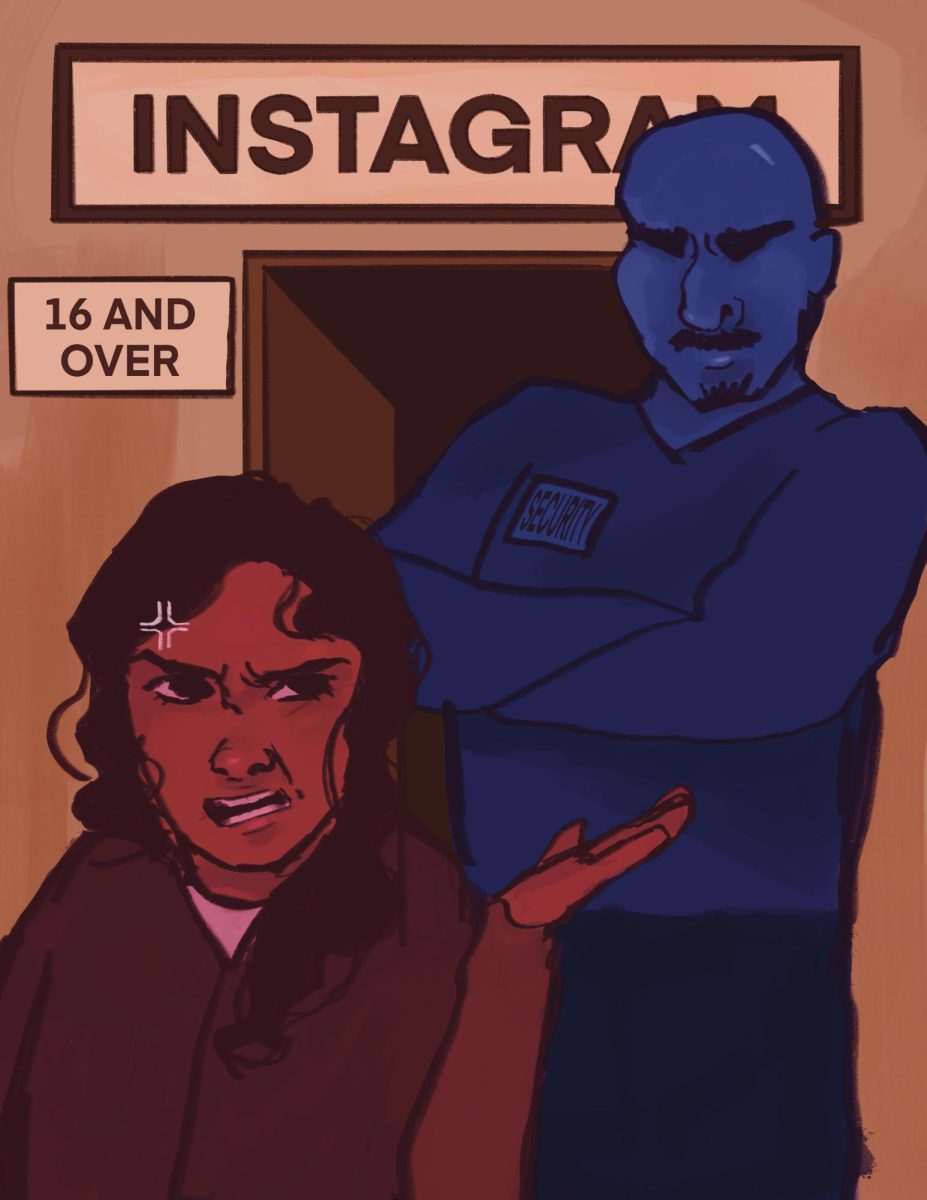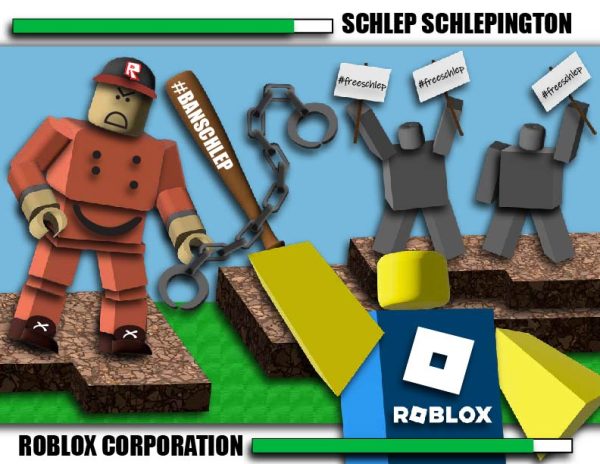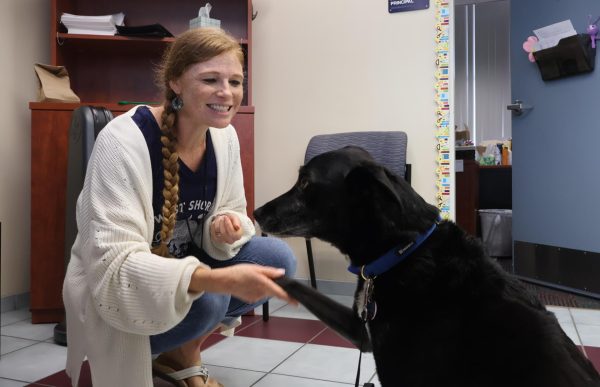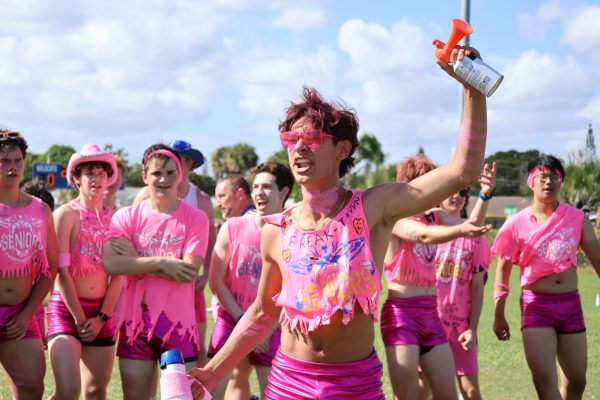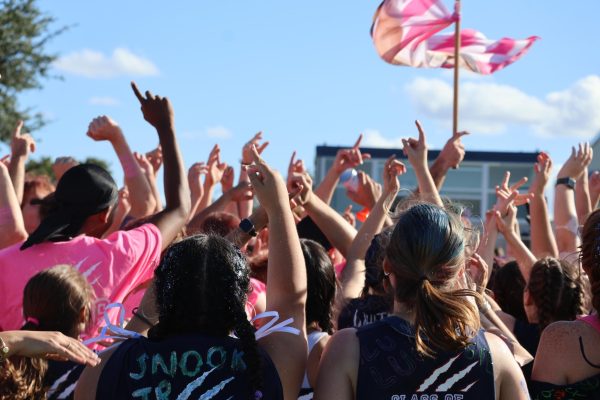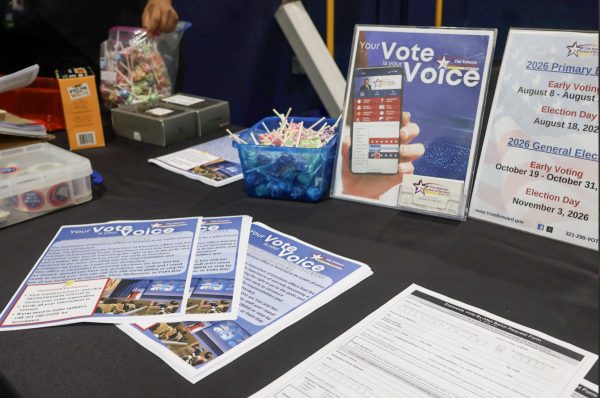CO2 car races teach aerodynamics
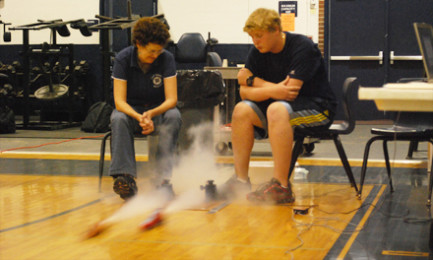
Science teacher Linda Johnson watches as Stone Kershaw launches his entry.
Eighth-grade science students raced carbon dioxide-propelled cars that they had made during the course of a few weeks last Friday in the gymnasium.
The students received a block of wood from science teacher Linda Johnson and carved it into any shape they liked within certain measurement and weight limits. Each of their cars contained a hole in the back, so that when the racing day came, they could place CO2 cartridges in them and send them flying down the race track. The cars were attached to monofilament [fishing line] before the cartridges were punctured, and to record the time it took for the cars to get from the beginning to the end of the track, a photo gate was placed at the finish line.
Eighth-grader Brandon R. explained what he learned from the project.
“The purpose of this was to test physics, like thrust and aerodynamics, and all about friction since the winners were the ones with the most aerodynamic cars which means it’s pointed at the front. If there was a flat front to the car, then the air would have resistance against it — and friction— you had to have the least friction. Some people added straws into where the axles are and a couple people put graphite in between the wheel and the axle to make it so that there’s less friction,” he said. “We’re also learning about how equal and opposite forces affect it, which is as the CO2 cartridge pushes out one way the car will be propelled the other way.”
Many of the kids were excited to be doing something outside of the classroom that is hands on.
“It was a lot of fun doing because it was a lot better than doing test and quizzes because we got to work together. We built the cars out of tools which is really awesome,” Brandon R. said.
By Ashleigh Rabel


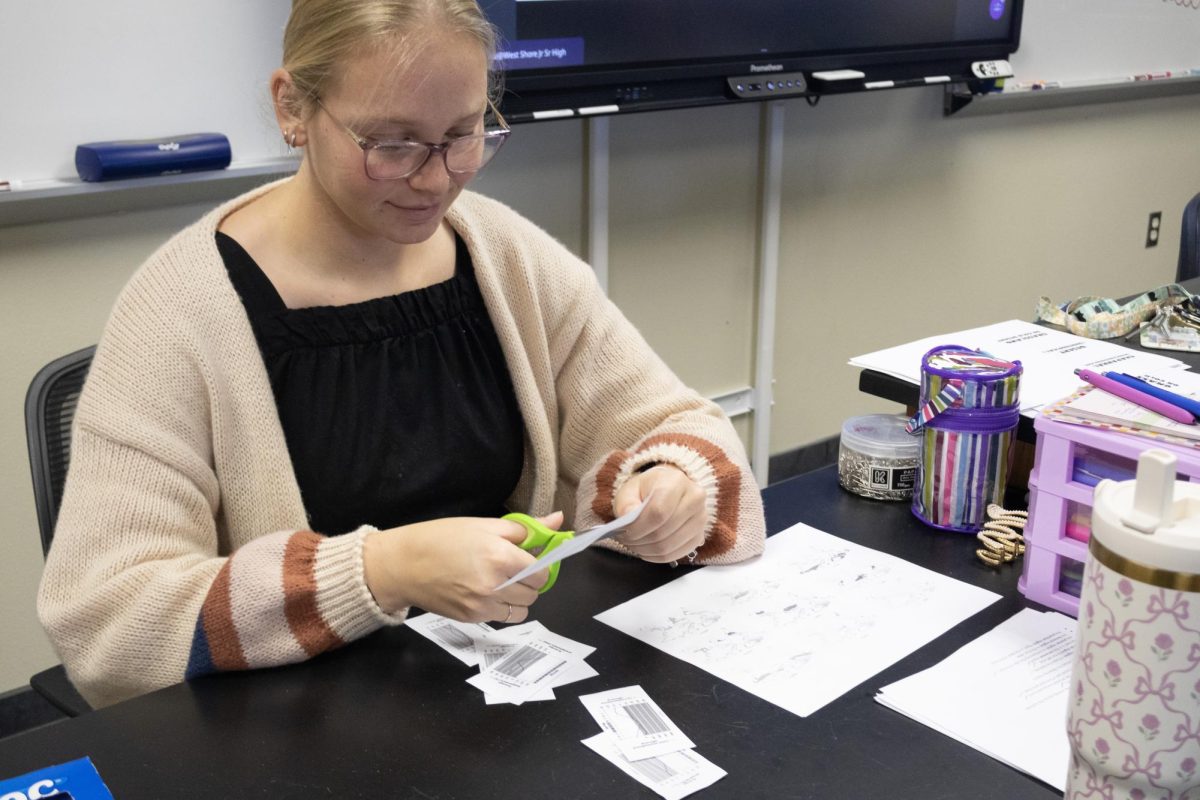
![Sophomore Isabelle Gaudry walks through the metal detector, monitored by School Resource Officer Valerie Butler, on Aug. 13. “I think [the students have] been adjusting really well," Butler said. "We've had no issues, no snafus. Everything's been running smoothly, and we've been getting kids to class on time.”](https://westshoreroar.com/wp-content/uploads/2025/08/IMG_9979-1200x800.jpg)
